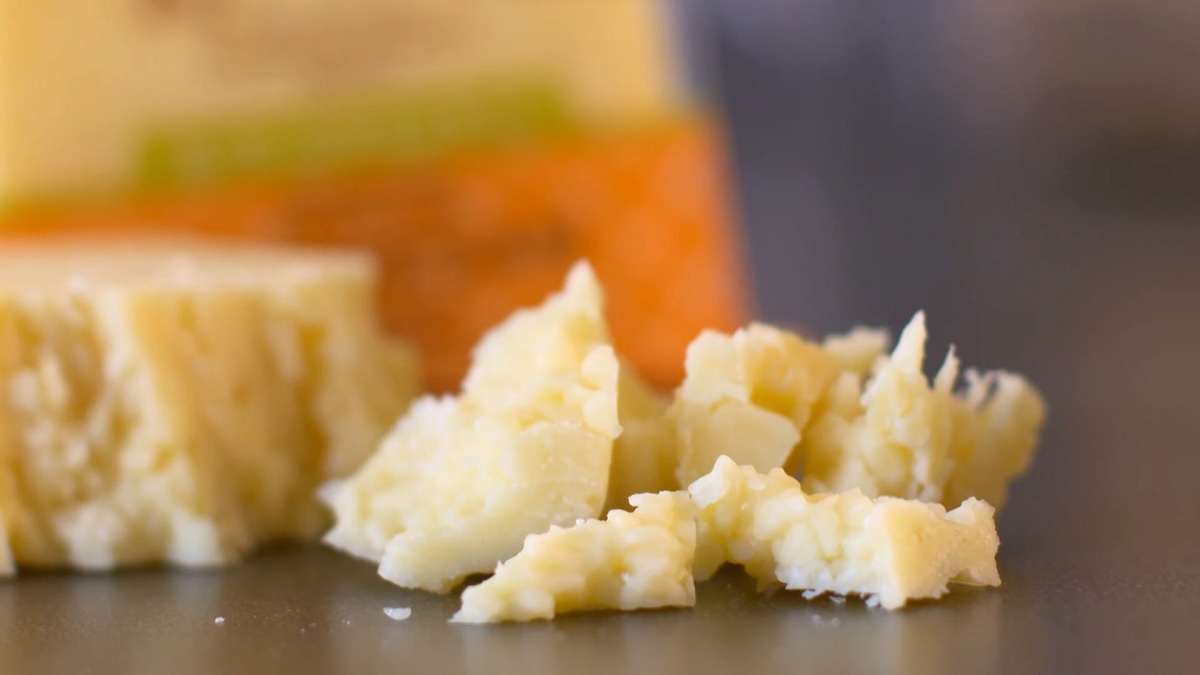In an era in which we find a bit of everything and anything, we have to be wary of what we eat, especially when it is a very popular dish.
Today, people tend to want to check everything, control everything, and they do well! If you’re a cheese lover, you may have eaten fake Parmesan, but soon you’ll be sure to have real one.
Parmesan with a chip for its traceability!
Who has never been to the market during the summer holidays, whether in France or abroad? Please your loved ones by wanting to buy them olives straight from the south, or real Marseille soap… If some sellers are honest about the products they sell, others, on the contrary, are much less so and do not hesitate to sell what we call counterfeits.
Therefore, to prevent this from happening too often, the company p-Chip, based in Chicago, offers a new technology that is capable of going on virtually any product (physical good), and even the eating. This is, in fact, what we learn thanks to Tom’s Hardwareand for a first so-called taste experiment, the company decided to use a cheese well known throughout the world, Parmigiano Reggiano.
For the record, this famous cheese is a traditional cheese, made in a very specific region of Italy. Highly appreciated for its taste and for its authenticity, unfortunately the latter is the target of several counterfeits. Thus, with the insertion of this microchip, the company can now be able to control its traceability, and therefore to claim or not to be dealing with a real Parmigiano Reggiano. Here, the goal is obviously to ensure superior quality for consumers, but also to protect artisans who sometimes feel helpless in the face of these fraudsters.
But then, what does this chip look like? Well, for those who are perplexed to know that microchips, after having been considered under the skin for a while in Sweden, are now present in their cheese, first of all, rest assured! These are integrated into the rind of the cheese, so there is no risk of eating them. Furthermore, the latter are very small (the size of a grain of salt) and have more advantages than a simple label or even a barcode considered to be aging.

Traceability microchips to help real artisans
Contrary to what we might believe, it is not only luxury clothing or the latest smartphones that are victims of counterfeiting. As we understand here, food is also a victim, and not just a little. In the case of parmesan, no less than 2 billion dollars of fake products end up in the mouths of consumers per year, compared to 2.44 billion dollars of real products sold. If we have almost a perfect balance between the two, the p-Chip company could well have an important role in drastically reversing this trend.
If this technology proves itself, we could well see in the future these microchips being integrated into other popular dishes such as foie gras, or even caviar. Only the future will tell us, but here the issue could also be health-related.
Source : Tom’s Hardware

16